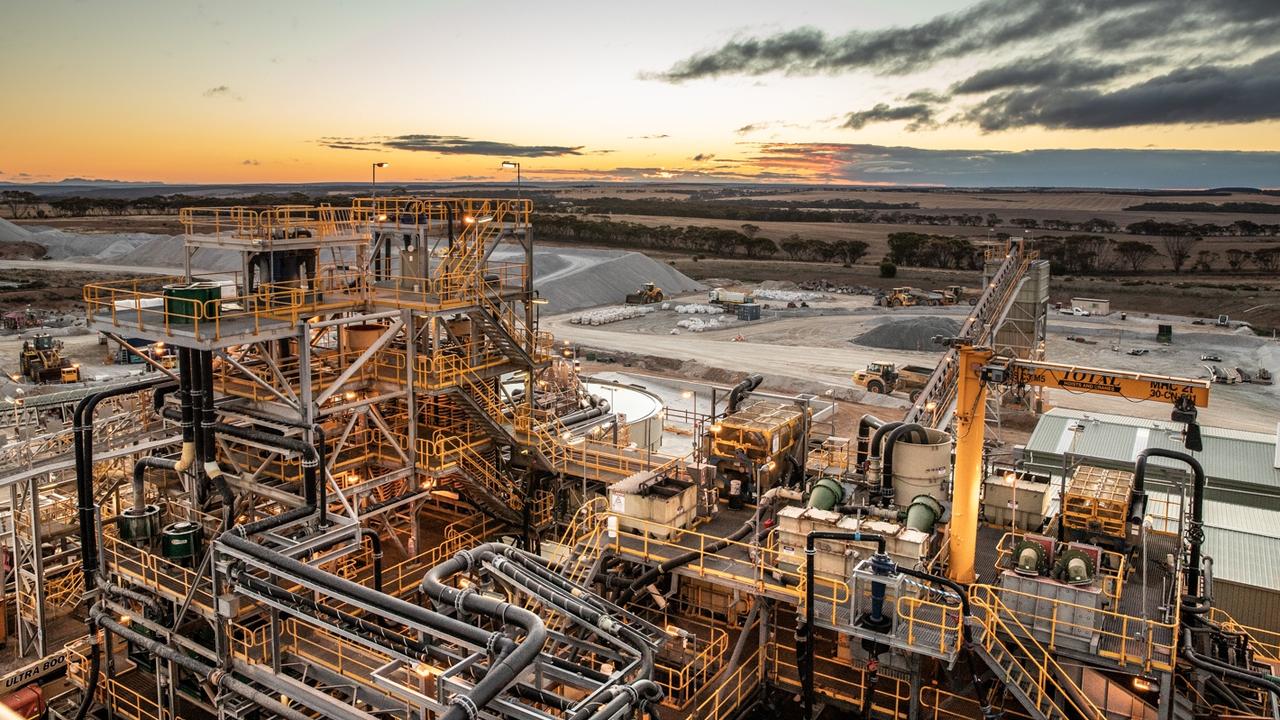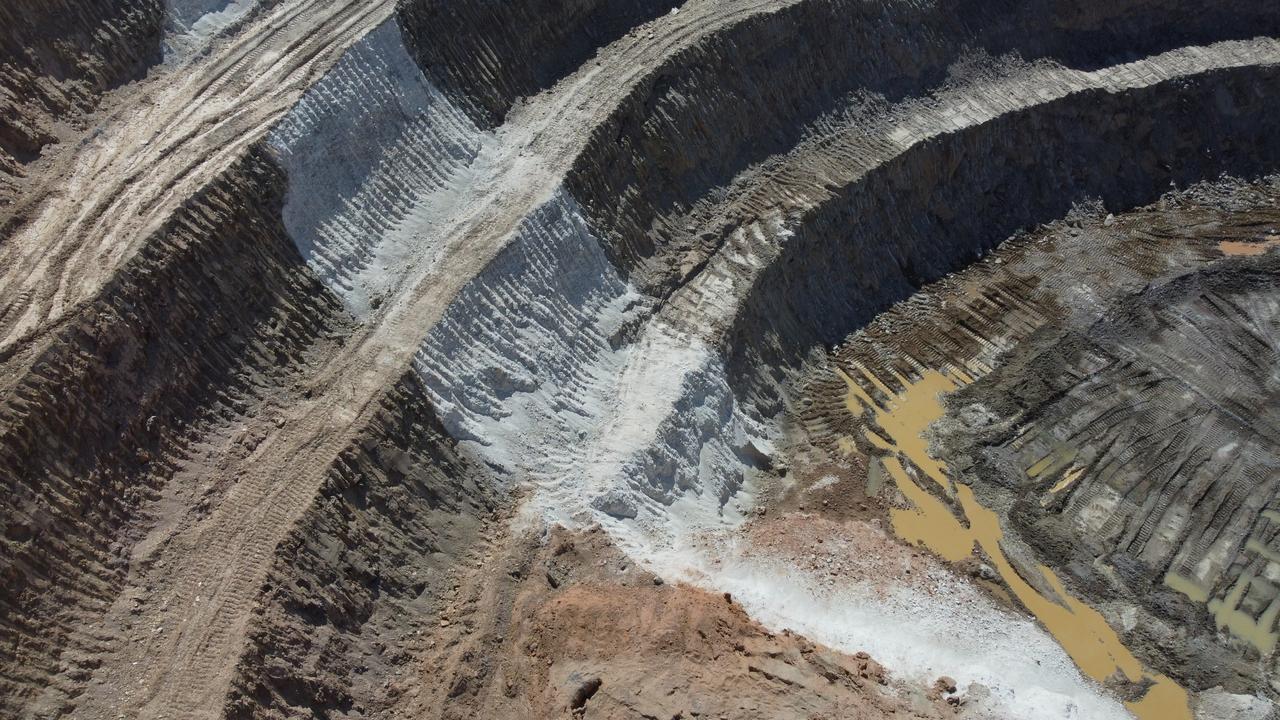Core Lithium’s spending halt a precursor to industry pullback
Core Lithium is the first producer to wind back its spending as the price of lithium plummets and it’s unlikely to be the last, says Citi analyst Kate McCutcheon.

Core Lithium’s decision to pull back spending on its Northern Territory mine amid falling prices could be the prelude to similar decisions across the Australian sector, as falling prices force a rethink of spending plans amid narrowing margins from existing mines.
Core told shareholders last week it had suspended early works at the underground expansion of its Finniss mine, amid a strategic review aimed at cutting costs at the company, suggesting it could ultimately curtail mining at the operation and instead tide itself through the pricing downturn by processing stockpiled ore.
The company noted that pricing for its lithium concentrate had fallen 80 per cent since the beginning of 2023, and 40 per cent since the end of October.
But Core is likely not the only lithium producer facing a cash squeeze amid lower prices, with a recent Citi note suggesting a number of its fellow exporters could struggle in 2024.
In a mid-December research note, Citi analyst Kate McCutcheon pointed to Core’s Finnis lithium operation as the most expensive producer, at around $US1600 a tonne for concentrate with a 6 per cent equivalent grade on an all-in sustaining cost basis.
But Allkem’s Mt Cattlin mine in WA is also out of the money at current spot lithium prices on Citi’s figures, with average costs of about $US1500 a tonne, with Mineral Resources’ Mt Marion, currently looking to move underground, tipped at about $US1300 a tonne.

As the lithium market stabilises, major producers are likely to spend 2024 working out ways to bring down costs rather than add production tonnes, but Citi’s figures suggest some existing mines and new producers – such as Core and Liontown Resources – may struggle without a substantial shift in the market. Citi is tipping average prices of $US1300 a tonne in 2024, with Ms McCutcheon suggesting Mt Cattlin, and Liontown’s Kathleen Valley operation – when it enters the market – would have only a narrow margin at that price, even if production costs come down in line with expectations at the Allkem operation.
“For 2024, at $US1300 a tonne spodumene pricing, on paper about 42,000 tonnes of supply wouldn’t be making an ASIC margin. That said, it’s hard to see more than 10,000 tonnes of supply being cut given balance sheets and economies of scale,” she said.
“On spot pricing, IGO is the only stock in our lithium company universe to generate positive free cash flow.”
IGO’s main asset is a 25 per cent share in the Greenbushes lithium mine in WA, which Citi tips as producing about 1.5 million tonnes of 6 per cent equivalent lithium concentrate at an average cost of about $US500 a tonne. Citi analysts tip Pilbara Minerals average production costs at about $US1000 a tonne in 2024, the note says, with MinRes’ newly acquired Bald Hill mine producing at around $US900 a tonne and the company’s giant Wodgina operations beneath $US800 a tonne.

MinRes balance sheet was given a workout in 2023 as the company bought into a slew of explorers to try to expand the company’s footprint in the sector. But buoyant iron ore prices could help counter the impact of falling lithium pricing, analysts say.
Macquarie analysts also downgraded their lithium price expectations for 2024 in a pre-Christmas note, cutting more than 70 per cent from previous expectations of an average $US4850 a tonne price for 6 per cent concentrate, to expectations Australian producers could receive an average $US1416 a tonne in 2024.
Macquarie suggested a restocking cycle in China’s battery cathode producers could lead to a short-term price lift in the first half of the year – but joined other commodity houses in suggesting the market is likely to be oversupplied in the near term, reducing realised prices for Australian producers. “The commodities strategy team believes that the price uptrend won’t be sustainable without a return of deficits,” Macquarie analysts said.
Macquarie noted that companies with strong cash reserves should be best placed to withstand the impact of a downturn which could last several years.
Core’s decision to slow spending amid falling prices could be a prelude to similar decisions at other lithium producers, given many have significant capital outlay programs both in lithium and in other commodities.
MinRes is sending its Mt Marion mine underground, and is also ramping up worth, building a new iron ore hub in the Pilbara.
Originally published as Core Lithium’s spending halt a precursor to industry pullback







